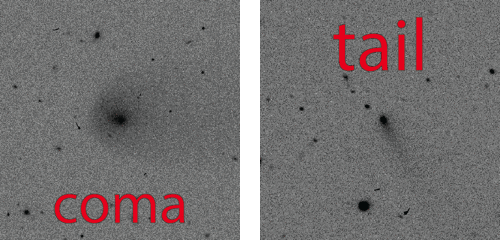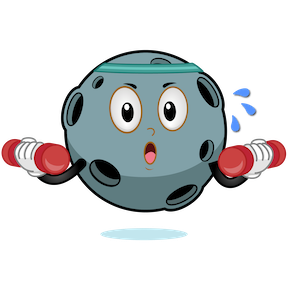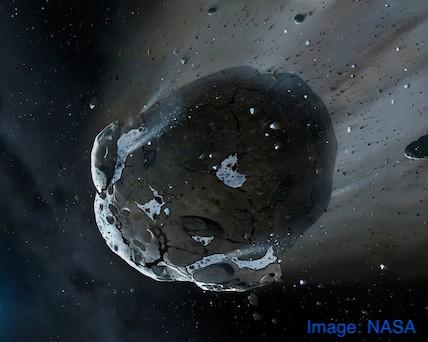Active Asteroids
Where did Earth’s water come from?
Active asteroids are small rocky objects in our Solar System that have asteroid-like orbits but comet-like appearances. Active asteroids can have visible tails and comae — the halo of debris that often surrounds comets. These visible features have led scientist to determine that these asteroids have water. They may even be the source of water on Earth.
Join the Active Asteroids project and search for these unusual asteroids to help map the distribution of water in the solar system and inform future space mining!
project task
Examining images
division
Planetary
where
Online
launched
2021
What you’ll do
- Search images captured by the 4-meter Blanco telescope in Chile to find active asteroid candidates.
- Connect with professional scientists and other citizen scientists in the project Talk forums.
Requirements
- Time to get started: Minutes
- Equipment: Internet connected mobile device or computer
- Knowledge: None. In-project training provided.
Get started!
- Visit our project website.
- Click the “Get started” button and complete the short Tutorial to learn how to identify active asteroids in the images.
- Use your new skills to look for evidence of active asteroids in telescope images.
- Communicate with other volunteers!
Learn More
If you’d like to learn more about our project and active asteroids, check out our project website at http://activeasteroids.net/.

Left: A coma is the fuzzy glow that forms around orbiting bodies (like comets or active asteroids) when they approach the Sun. This fuzzy glow indicates the vaporization of gases or water resulting from solar heating.
Right: The tails of active asteroids or comets consist of vapor and dust, and can vary in shape, length, and intensity. They may even have multiple tails extending in different directions!
Right: The tails of active asteroids or comets consist of vapor and dust, and can vary in shape, length, and intensity. They may even have multiple tails extending in different directions!






























